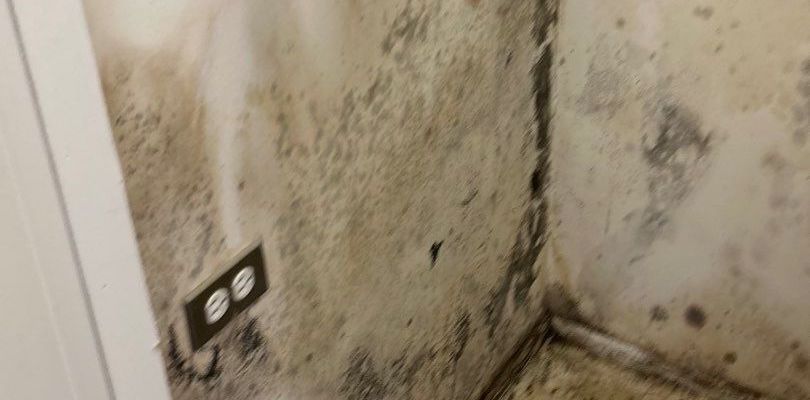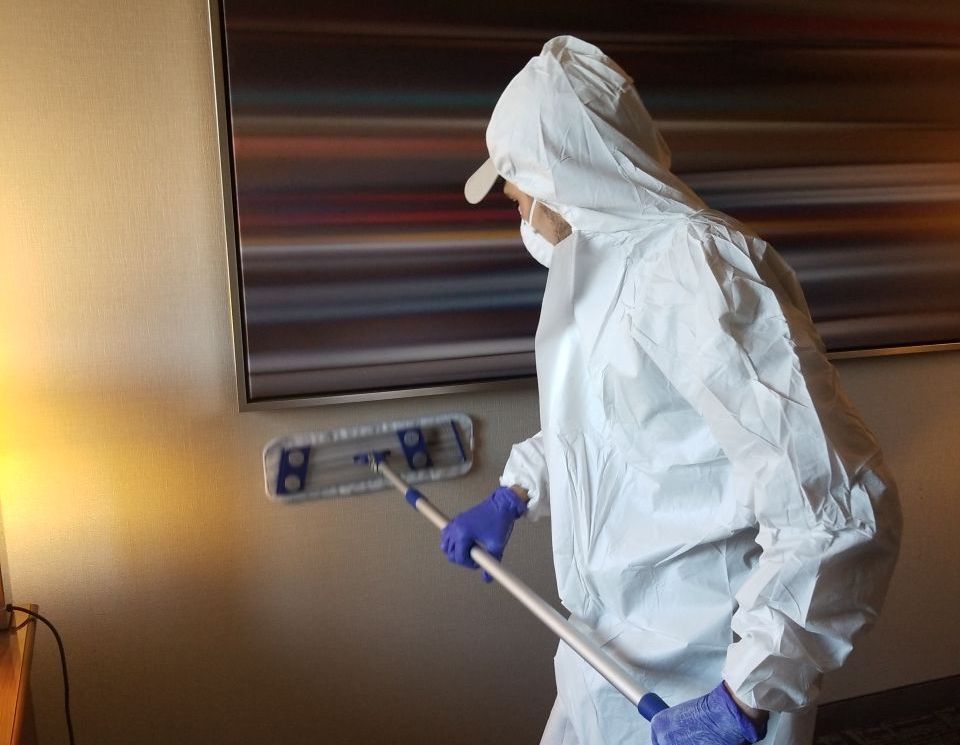When you clean up mold around your home, you’re dealing with a microorganism. It’s unhealthy stuff, and you’re glad to get rid of it. Once you’re done, you probably don’t give it a second thought.
Did you know that fungal growth anywhere in the house serves up an invitation to mold eating bugs?
Even the smallest patch can be a buffet for thousands of tiny creatures. When we take care of mold remediation in Chicago homes, our work often includes mold mite removal.
If you’re not familiar with the microscopic pests, we offer this guide to residential mold mites.
What Are Mold Mites?
Mold mites are very tiny insects that feed exclusively on fungal growth. They’re sometimes called moisture mites because they thrive in damp areas.
The mold eating bugs easily migrate from one wet spot to another where they quickly multiply. Outdoors, mold mites live on decaying plants, rotting wood and even bird nests.
Are mold mites harmful?
They don’t bite, but sensory hairs on their bodies detach, become airborne and aggravate allergies and respiratory problems.
Inside your house, the mites inhabit damp spaces where mold grows. Sheetrock, baseboards and ductwork tend to hold moisture and set up ideal environments for mold mites. Even newly built homes can become mold-infested and overrun with these unhealthy pests.
Are They Easy to Identify?
Because they’re so tiny, mold mites are almost invisible. Their plump, wingless bodies feature long, hair-like setae. These extensions serve as sensory organs that routinely break off and become airborne.
When their population booms, mites appear as brown stains or spots on walls especially in corners. They also show up on cabinet shelves and food packaging as brown or white dust.
How can you see mold mites?
Take a picture of a suspected infestation with a high-definition camera. An enlarged image usually reveals the tan or white insects.
In general, it’s very difficult to distinguish the microscopic creatures from their food source. However, these signs of fungal growth in your home are good indicators that you also have a mold mite problem.
- Discoloration appears on walls in areas that stay damp like unventilated bathrooms.
- Musty odors linger throughout the house even after you’ve cleaned.
- Respiratory problems improve when you leave home and get worse when you return.
How Do You Get Rid of Mold Mites?

Wiping up suspected mite dust isn’t enough to eradicate the pests. You have to address the mold that serves as their food supply. As you scrub away an outbreak, you’re also cleaning up mold mites.
Before getting started, pinpoint and repair the source of moisture that caused the mold. We recommend these guidelines for mold mite removal, but they should only be used on small mold patches.
- Clean mold off non-porous surfaces with a mixture of 1 cup of bleach and a gallon of water.
- Painted drywall can be cleaned with a solution of 1 cup of borax dissolved in a gallon of water.
- Remove mold from wood trim using a mixture of dish soap, vinegar and water.
Note: Unpainted drywall affected by mold must be torn out and replaced.
You can tackle large mold outbreaks with DIY techniques, but always be very careful.
Don’t try to clean up any area that covers more than 3 square feet. If you have allergies or respiratory issues, don’t risk your health. Call in a professional mold remediation contractor.
How Do You Prevent Mold Mites?
You can’t eliminate them outside the house, but you can minimize mold mite infestations inside your home. These strategies help win the battle against mold and keep mold mites at bay.
- Keep an eye out for leaky pipes and faucets.
- Clean up small mold patches right away.
- Open windows to fresh air on dry, cool days.
- Use a dehumidifier in the basement and laundry room.
- Have your home’s ductwork professionally cleaned.
Dealing with Mold Mites in the Chicago, IL Area? We Can Help
You work hard keeping your home fresh and clean, so we enjoy sharing information that helps make a difference around the house. Let us know your thoughts about our mold mite overview, and tell us what else you’d like us to cover.
If you have second thoughts about DIY mold cleanup, don’t take any chances. Let our certified mold remediation professionals in Chicago handle job.
When we make sure your home is mold-free, you know you’re rid of mold mites too.
Just give us a call here at ServiceMaster Restoration by Zaba: 773-647-1985
The lifespan of a mold mite ranges from 10 to 30 days. Adult females lay more than 400 eggs during their lifetime. It takes one to three weeks for a mite egg to develop into an adult.
Yes. Mold mites can live any material that feeds mold growth. Even a small amount of mold in damp shoes and clothing becomes a home to mold mites.
No. Dehumidifiers reduce mold problems in damp areas like basements and laundry rooms, but they don’t kill mold mites. Only complete mold removal and remediation can eliminate mold mites.
